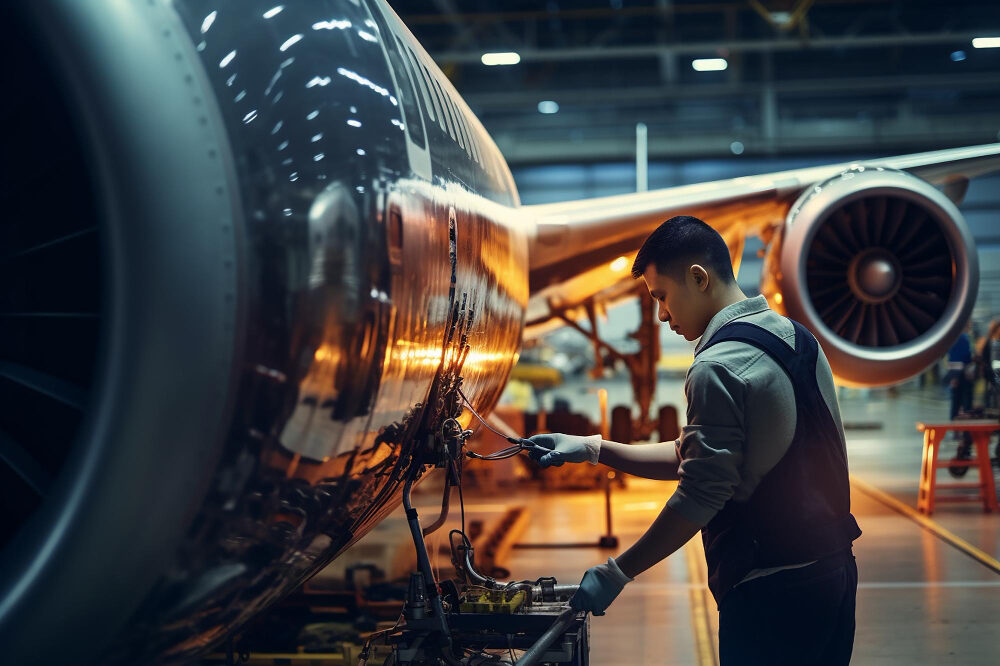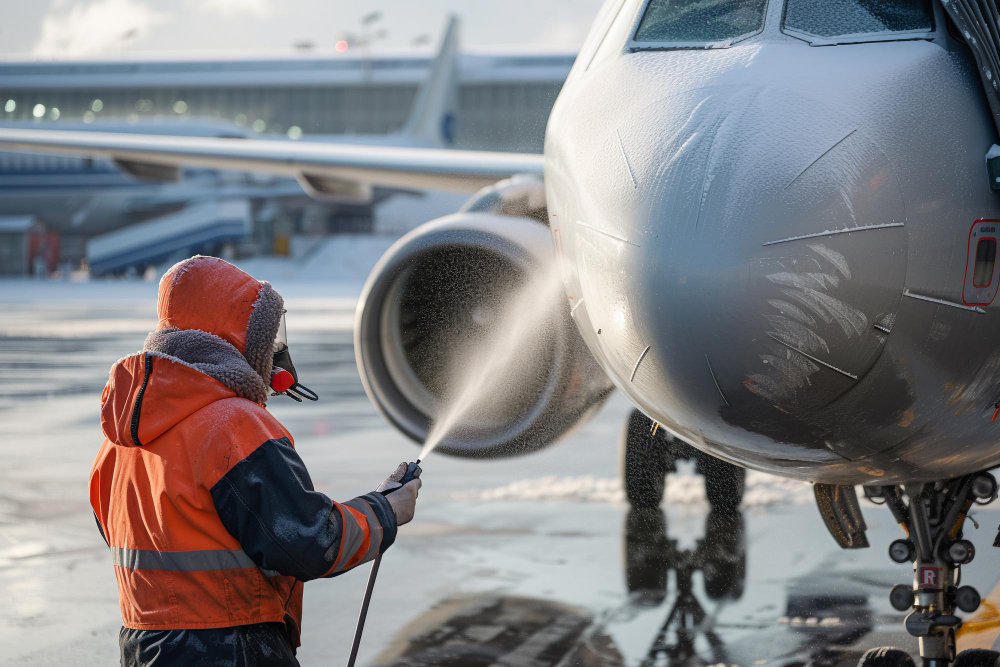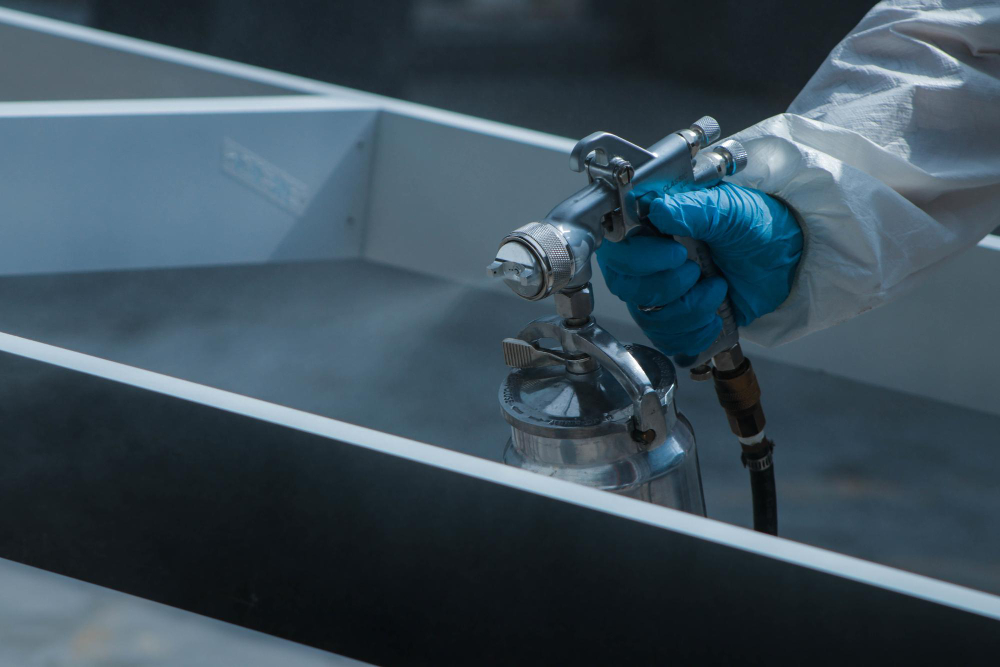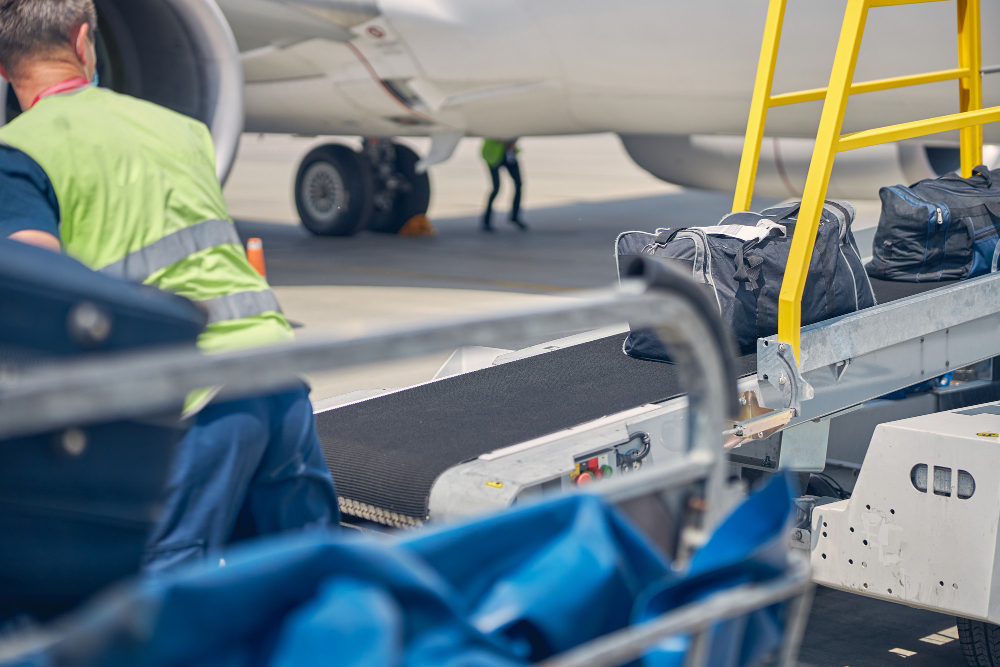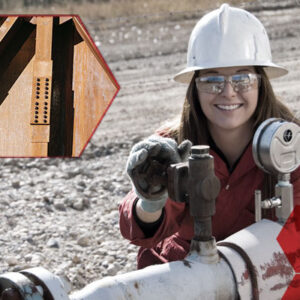Corrosion Control in Aircraft: Ensuring Safety and Longevity
Corrosion poses a significant threat to the safety and longevity of aircraft, making corrosion control a paramount concern in the aviation industry. The impact of corrosion on aircraft structures can be severe, leading to structural weaknesses, component failures, and potentially catastrophic accidents. Therefore, understanding the importance of corrosion control and the common corrosion issues faced by aircraft is essential for ensuring the safety and reliability of aircraft operations. This article provides an overview of the importance of corrosion control in aircraft and highlights the common corrosion issues that aircraft face, along with the measures taken to address these issues.
A. Importance of Corrosion Control in Aircraft
Corrosion is a significant concern in the aviation industry due to its potential to compromise the structural integrity and safety of aircraft. Corrosion weakens metal components, leading to cracks and failures that can result in catastrophic accidents. Therefore, effective corrosion control measures are crucial to ensure the safety and longevity of aircraft.
B. Overview of Common Corrosion Issues in Aircraft
Aircraft are exposed to a variety of corrosive elements during operation, including moisture, salt, and chemicals. These elements can cause different types of corrosion, such as:
Uniform Surface Corrosion: This is the most common type of corrosion and occurs uniformly across the surface of metal components. It can weaken the metal and lead to structural failure if not addressed corrosion .
Pitting Corrosion: Pitting corrosion causes small pits or holes to form on the surface of metal components. While these pits may seem minor, they can significantly weaken the affected area and compromise the structural integrity of the aircraft.
Galvanic Corrosion: Galvanic corrosion occurs when two different metals are in contact with each other in the presence of an electrolyte, such as saltwater. This type of corrosion can rapidly deteriorate metal components and is a common issue in aircraft constructed from multiple metal alloys. Effective corrosion control in aircraft involves careful material selection, the application of protective coatings, and regular inspections to detect and mitigate corrosion early.
Stress Corrosion Cracking: Stress corrosion cracking occurs when a metal is subjected to both tensile stress and a corrosive environment. This can lead to the formation of cracks, which can propagate and cause catastrophic failure of the component. Corrosion control in aircraft is crucial to prevent such failures, often achieved through the use of protective coatings, corrosion inhibitors, and regular inspections.
Corrosion Control Measures in Aircraft
To mitigate the risk of corrosion control in aircraft manufacturers and operators employ various corrosion control measures, including:
Material Selection: Choosing corrosion-resistant materials for aircraft components can significantly reduce the risk of corrosion. Alloys such as aluminum-lithium and titanium are commonly used in critical areas of aircraft to minimize corrosion.
Protective Coatings: Applying protective coatings, such as paints and sealants, to aircraft surfaces can provide a barrier against corrosive elements. These coatings are regularly inspected and reapplied as necessary to maintain their effectiveness in corrosion control in aircraft.
Cathodic Protection: Cathodic protection is a technique used to protect metal structures from corrosion by making them the cathode of an electrochemical cell. This process can be achieved through the use of sacrificial anodes or impressed current systems.
Regular Inspections: Regular inspections are essential for identifying and addressing corrosion issues before they compromise the structural integrity of the aircraft. Inspections are conducted according to the aircraft manufacturer’s guidelines and regulatory requirements.
Environmental Control Systems: Maintaining the proper humidity levels inside the aircraft can help reduce the risk of corrosion. Environmental control systems are designed to control the temperature and humidity levels inside the aircraft to minimize corrosion. Implementing regular inspections and maintenance procedures can also play a crucial role in corrosion control in aircraft..
Corrosion Control Techniques
A. Surface Treatments
Anodizing: Anodizing is an electrochemical process that creates a protective oxide layer on the surface of aluminum. This layer enhances corrosion resistance and improves the adhesion of paint.
Chromate Conversion Coating: Chromate conversion coatings provide corrosion protection to aluminum alloys by forming a thin film of chromate on the surface. This film acts as a barrier against corrosion.
Primers and Topcoats: Primers and topcoats are applied to aircraft surfaces to provide an additional protective layer. These coatings not only enhance the aesthetics but also offer corrosion resistance.
B. Corrosion Inhibitors
Corrosion inhibitors are chemicals that are applied to the surface of the aircraft to slow down or prevent corrosion. These inhibitors work by forming a protective film on the surface, which acts as a barrier against corrosive agents. This protective film helps to reduce the impact of environmental factors, such as moisture and salt, which are common causes of corrosion in aircraft. Regular application of corrosion inhibitors is essential to ensure the longevity and structural integrity of aircraft components.
C. Material Selection
The selection of corrosion-resistant materials is critical in aircraft design. Materials such as aluminum alloys with high corrosion resistance are often used in critical aircraft components.
D. Regular Inspections and Maintenance
Regular inspections and maintenance are essential to detect and address corrosion issues early. This includes visual inspections, non-destructive testing, and corrosion monitoring programs.
Products Used in Corrosion Control
A. Corrosion-resistant Coatings Corrosion-resistant coatings are applied to aircraft surfaces to protect them from corrosion. Two common types of coatings used in aircraft are epoxy coatings and polyurethane coatings.
- Epoxy Coatings Epoxy coatings are known for their excellent adhesion and chemical resistance. They are often used as primers to provide a protective barrier between the metal substrate and the environment. Epoxy coatings are particularly effective in protecting aluminum surfaces from corrosion.
- Polyurethane Coatings Polyurethane coatings are highly durable and resistant to abrasion, making them suitable for use in aircraft. They provide excellent protection against corrosion and are often used as topcoats to enhance the durability of the coating system.
B. Corrosion Inhibitors Corrosion inhibitors are chemicals that are added to coatings or applied directly to aircraft surfaces to prevent corrosion. Two common types of corrosion inhibitors used in aircraft are water displacing corrosion inhibitors and volatile corrosion inhibitors.
- Water Displacing Corrosion Inhibitors: Water displacing corrosion inhibitors are applied to aircraft surfaces to displace moisture and create a protective barrier against corrosion. These inhibitors are often used in areas that are difficult to access or prone to moisture buildup. When discussing corrosion control in aircraft, the use of such inhibitors is crucial, particularly in regions where moisture can accumulate, such as fuselage joints and areas exposed to environmental elements.
- Volatile Corrosion Inhibitors Volatile corrosion inhibitors are chemicals that vaporize and form a protective layer on metal surfaces. These inhibitors are particularly effective in enclosed spaces such as aircraft fuel tanks, where they can protect metal surfaces from corrosion in the presence of moisture.
C. Sealants Sealants are used in aircraft to seal joints and gaps in structures, preventing moisture and corrosive agents from entering. They are particularly important in areas where two different materials meet, such as around windows, doors, and access panels.
Future Trends in Corrosion Control for Aircraft
As aircraft technology continues to evolve, so do the methods and technologies for controlling corrosion. Future trends in corrosion control for aircraft are focused on enhancing materials, coatings, and maintenance techniques to improve aircraft longevity and safety.
Advancements in Materials and Coatings
- Nanostructured Coatings: Nanotechnology is revolutionizing corrosion control with the development of nanostructured coatings. These coatings provide superior protection by forming a barrier at the molecular level, preventing moisture and corrosive agents from reaching the underlying metal.
- Self-healing Materials: Researchers are exploring the use of self-healing materials in aircraft construction. These materials have the ability to repair minor damage, including corrosion, without human intervention. Self-healing polymers, for example, can seal small cracks and prevent further corrosion.
- Advanced Composite Materials: Composite materials are increasingly used in aircraft construction due to their high strength-to-weight ratio. These materials are inherently resistant to corrosion, reducing the need for traditional corrosion control methods.
- Ceramic Coatings: Ceramic coatings offer excellent resistance to corrosion and high temperatures, making them ideal for aircraft components exposed to harsh environments. These coatings can extend the lifespan of critical parts, reducing maintenance costs.
- Smart Coatings: Smart coatings, equipped with sensors, can detect early signs of corrosion and provide real-time data on the condition of the aircraft’s surface. This proactive approach enables timely maintenance, minimizing the risk of corrosion-related failures.
Predictive Maintenance Techniques
- Non-destructive Testing (NDT): NDT techniques, such as ultrasound and eddy current testing, are used to inspect aircraft components for hidden corrosion. These methods allow maintenance crews to identify and address corrosion before it becomes a serious issue.
- Condition Monitoring Systems: Advanced condition monitoring systems continuously assess the health of aircraft structures and components. These systems use sensors to detect changes in temperature, humidity, and stress, providing early warnings of potential corrosion problems.
- Data Analytics and Predictive Modeling: By analyzing historical maintenance data and using predictive modeling techniques, airlines can predict when and where corrosion is likely to occur. This proactive approach helps in planning maintenance activities more efficiently, reducing downtime and costs. Corrosion control in aircraft is crucial for ensuring the safety and longevity of the aircraft, and predictive maintenance plays a key role in achieving this goal.
- Corrosion-resistant Design: Aircraft manufacturers are incorporating corrosion-resistant design features into new aircraft models. These designs include improved drainage systems, protective coatings, and materials selection to minimize the impact of corrosion.
Frequently Asked Questions
1: Why is corrosion control important in aircraft?
A: Corrosion control in aircraft is essential in to maintain structural integrity and ensure safety. Corrosion weakens metal components, leading to cracks and failures that can result in accidents.
2: What are the common types of corrosion issues in aircraft?
A: In aircraft, common types of corrosion include uniform surface corrosion, which occurs evenly across a metal surface, leading to general thinning and weakening of the material. Pitting corrosion is another type, characterized by localized, small pits or craters on the metal surface, which can penetrate deeply if left unchecked.
3: How do aircraft manufacturers and operators mitigate the risk of corrosion?
A: They use various measures such as material selection, protective coatings, cathodic protection, regular inspections, and environmental control systems.
4: What are some surface treatments used for corrosion control in aircraft?
A: Surface treatments for corrosion control in aircraft include anodizing, which creates a protective oxide layer on the metal surface. Primers are applied to enhance adhesion and provide a base for topcoats, which offer additional protection against environmental factors.
Closing Insights
The future of corrosion control for aircraft holds great promise, with advancements in materials, coatings, and maintenance techniques driving innovation in the aviation industry. As aircraft technology continues to evolve, the need for effective corrosion control becomes increasingly important.
For CORCON Institute of Corrosion , staying abreast of these developments is crucial. By incorporating the latest trends and technologies into their curriculum, Corcon can ensure that corrosion control professionals are equipped with the knowledge and skills needed to address the challenges of tomorrow.
Image Reference: Freepik
Disclaimer: All trademarks, logos, and brand names are the property of their respective owners. All company, product, and service names used in this website are for identification purposes only. Use of these names, trademarks, and brands does not imply endorsement.
